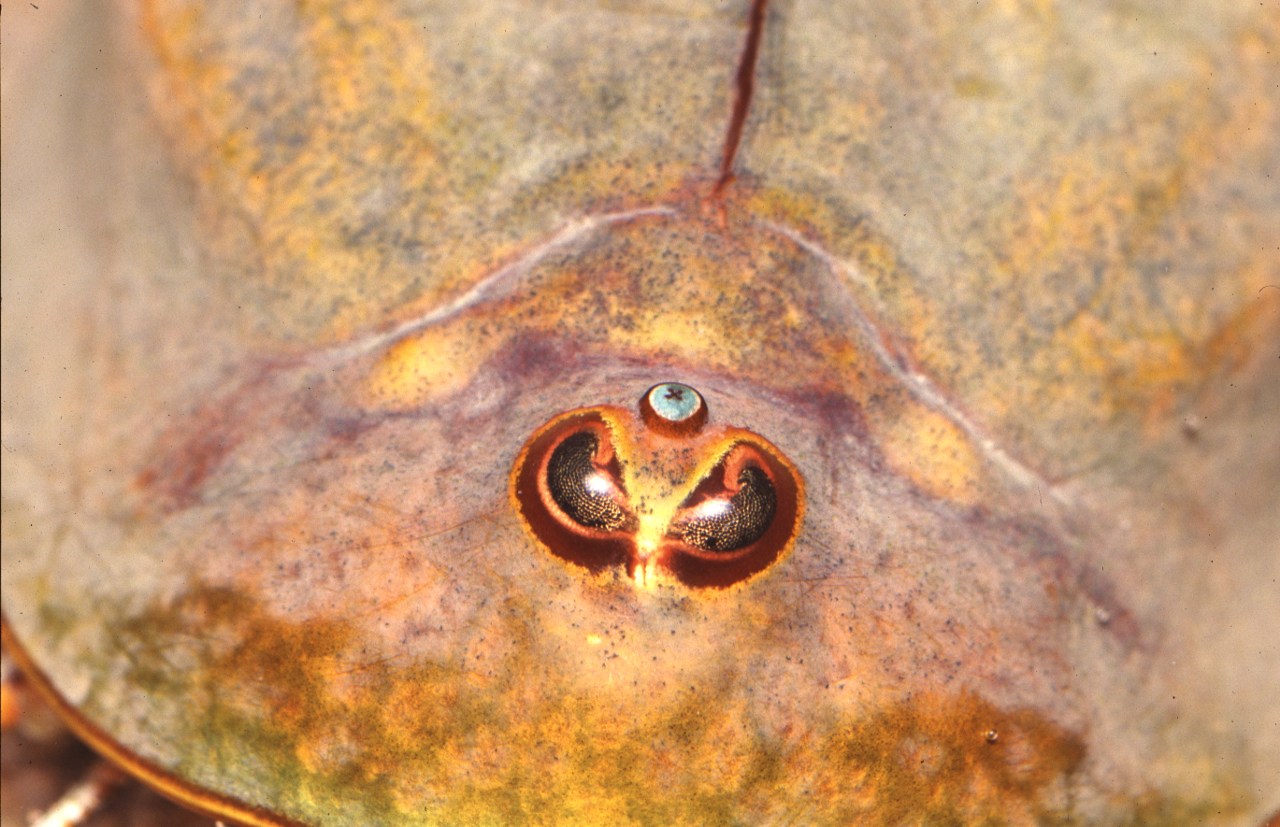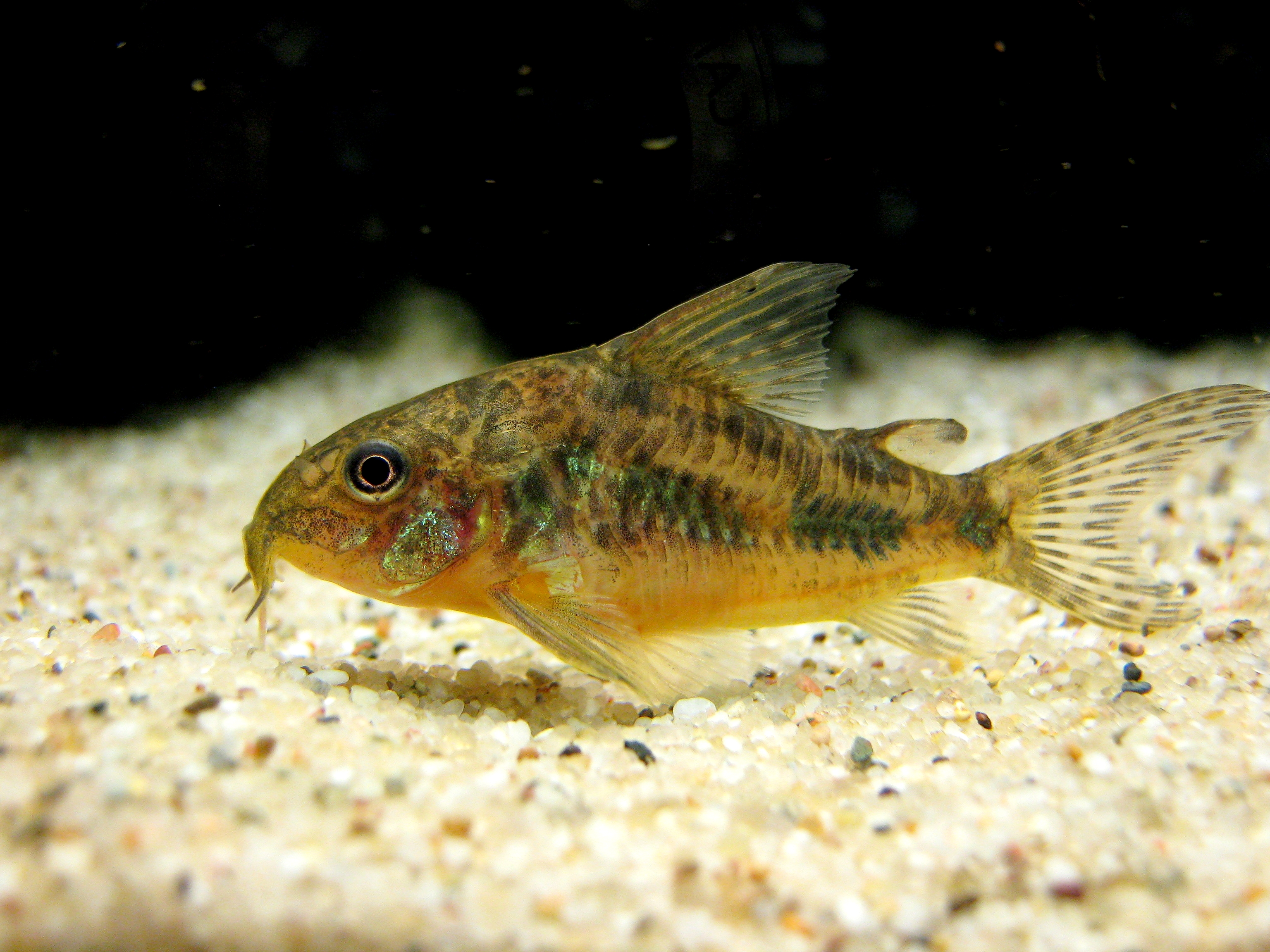|
Branchiopod
Branchiopoda, from Ancient Greek βράγχια (''bránkhia''), meaning "gill", and πούς (''poús''), meaning "foot", is a class of crustaceans. It comprises fairy shrimp, clam shrimp, Diplostraca (or Cladocera), Notostraca, the Devonian ''Lepidocaris'' and possibly the Cambrian '' Rehbachiella''. They are mostly small, freshwater animals that feed on plankton and detritus. Description Members of the Branchiopoda are unified by the presence of gills on many of the animals' appendages, including some of the mouthparts. This is also responsible for the name of the group (from the , gills, akin to , windpipe; , foot). They generally possess compound eyes and a carapace, which may be a shell of two valves enclosing the trunk (as in most Cladocera), broad and shallow (as in the Notostraca), or entirely absent (as in the Anostraca). In the groups where the carapace prevents the use of the trunk limbs for swimming (Cladocera and clam shrimp), the antennae are used for locomoti ... [...More Info...] [...Related Items...] OR: [Wikipedia] [Google] [Baidu] |
Crustacean
Crustaceans (from Latin meaning: "those with shells" or "crusted ones") are invertebrate animals that constitute one group of arthropods that are traditionally a part of the subphylum Crustacea (), a large, diverse group of mainly aquatic arthropods including decapods (shrimps, prawns, crabs, lobsters and crayfish), seed shrimp, branchiopods, fish lice, krill, remipedes, isopods, barnacles, copepods, opossum shrimps, amphipods and mantis shrimp. The crustacean group can be treated as a subphylum under the clade Mandibulata. It is now well accepted that the hexapods (insects and entognathans) emerged deep in the Crustacean group, with the completed pan-group referred to as Pancrustacea. The three classes Cephalocarida, Branchiopoda and Remipedia are more closely related to the hexapods than they are to any of the other crustaceans ( oligostracans and multicrustaceans). The 67,000 described species range in size from '' Stygotantulus stocki'' at , to the Japanese ... [...More Info...] [...Related Items...] OR: [Wikipedia] [Google] [Baidu] |
Sarsostraca
Anostraca is one of the four orders of crustaceans in the class Branchiopoda; its members are referred to as fairy shrimp. They live in vernal pools and hypersaline lakes across the world, and they have even been found in deserts, ice-covered mountain lakes, and Antarctic ice. They are usually long (exceptionally up to ). Most species have 20 body segments, bearing 11 pairs of leaf-like ''phyllopodia'' (swimming legs), and the body lacks a carapace. They swim "upside-down" and feed by filtering organic particles from the water or by scraping algae from surfaces, with the exception of ''Branchinecta gigas,'' or "giant fairy shrimp", which is itself a predator of other species of anostracans. They are an important food for many birds and fish, and some are cultured and harvested for use as fish food. There are 300 species spread across 8 families. Description The body of a fairy shrimp is elongated and divided into segments. The whole animal is typically long, but one species, '' ... [...More Info...] [...Related Items...] OR: [Wikipedia] [Google] [Baidu] |
Anostraca
Anostraca is one of the four orders of crustaceans in the class Branchiopoda; its members are referred to as fairy shrimp. They live in vernal pools and hypersaline lakes across the world, and they have even been found in deserts, ice-covered mountain lakes, and Antarctic ice. They are usually long (exceptionally up to ). Most species have 20 body segments, bearing 11 pairs of leaf-like ''phyllopodia'' (swimming legs), and the body lacks a carapace. They swim "upside-down" and feed by filtering organic particles from the water or by scraping algae from surfaces, with the exception of '' Branchinecta gigas,'' or "giant fairy shrimp", which is itself a predator of other species of anostracans. They are an important food for many birds and fish, and some are cultured and harvested for use as fish food. There are 300 species spread across 8 families. Description The body of a fairy shrimp is elongated and divided into segments. The whole animal is typically long, but one species, ... [...More Info...] [...Related Items...] OR: [Wikipedia] [Google] [Baidu] |
Notostraca
The order Notostraca, containing the single family Triopsidae, is a group of crustaceans known as tadpole shrimp or shield shrimp. The two genera, ''Triops'' and ''Lepidurus'', are considered living fossils, with similar forms having existed since the end of the Devonian, around 360 million years ago. They have a broad, flat carapace, which conceals the head and bears a single pair of compound eyes. The abdomen is long, appears to be segmented and bears numerous pairs of flattened legs. The telson is flanked by a pair of long, thin caudal rami. Phenotypic plasticity within taxa makes species-level identification difficult, and is further compounded by variation in the mode of reproduction. Notostracans are omnivores living on the bottom of temporary pools and shallow lakes. Description Notostracans are long, with a broad carapace at the front end, and a long, slender abdomen. This gives them a similar overall shape to a tadpole, from which the common name ''tadpole shrimp'' derive ... [...More Info...] [...Related Items...] OR: [Wikipedia] [Google] [Baidu] |
Lepidocaris
''Lepidocaris rhyniensis'' is an extinct species of crustacean. It is the only species known from the order Lipostraca, and is the only abundant animal in the Pragian-aged Rhynie chert deposits. It resembles modern Anostraca, to which it is probably closely related, although its relationships to other orders remain unclear. The body is long, with 23 body segments and 19 pairs of appendages, but no carapace. It occurred chiefly among charophytes, probably in alkaline vernal pool, temporary pools. Biostratigraphy and taxonomy All the known specimens of ''Lepidocaris rhyniensis'' have been excavated from the Rhynie chert deposits in Aberdeenshire, Scotland, which is a famous ', or site of exceptional preservation. ''Lepidocaris'' is the only abundant animal in the deposits, and is likely to be responsible for many of the frequent coprolites found in the rocks. ''Lepidocaris'' was species description, first described by David Joseph Scourfield, D. J. Scourfield in a 1926 paper in th ... [...More Info...] [...Related Items...] OR: [Wikipedia] [Google] [Baidu] |
Clam Shrimp
Clam shrimp are a group of bivalved branchiopod crustaceans that resemble the unrelated bivalved molluscs. They are extant and also known from the fossil record, from at least the Devonian period and perhaps before. They were originally classified in the former order Conchostraca, which later proved to be paraphyletic, because water fleas are nested within clam shrimps. Clam shrimp are now divided into three orders, Cyclestherida, Laevicaudata, and Spinicaudata, in addition to the fossil family Leaiidae. Characteristics Both valves of the shell are held together by a strong closing muscle. The animals react to danger by contracting the muscle, so that the valves close tightly and the crustacean, as if dead, lies motionlessly at the bottom of the pool. In most species the head is dorsoventrally compressed. The sessile compound eyes are close together and located on the forehead; in the genus ''Cyclestheria'' they are truly fused. In front of them is a simple naupliar eye. ... [...More Info...] [...Related Items...] OR: [Wikipedia] [Google] [Baidu] |
Rehbachiella
''Rehbachiella'' is a genus of Cambrian crustacean comprising the only species ''Rehbachiella kinnekullensis''. It is a possible branchiopod from the Orsten of Sweden. Description ''Rehbachiella'' is roughly 1.7 mm long, with three pairs of cephalic appendages with curved spines pointing towards the mouth and eight to nine pairs of postmandibular appendages roughly identical to each other except for size and exopod length, together forming a filter apparatus. Unusually, ''Rehbachiella'' had over 30 larval stages and the most developed specimens found are still seemingly immature. Its thin carapace covers all limb-bearing segments, however there are five limbless segments extending past it, the most posterior bearing a furca alongside two protrusions that resemble undeveloped appendages. ''Rehbachiella'' has two compound eyes similar to its larval stages, as well as a large labrum. As many of its traits resemble those of Branchiopoda, it is tentatively placed as a stem-group br ... [...More Info...] [...Related Items...] OR: [Wikipedia] [Google] [Baidu] |
Spinicaudata
Clam shrimp are a group of bivalved branchiopod crustaceans that resemble the unrelated bivalved molluscs. They are extant and also known from the fossil record, from at least the Devonian period and perhaps before. They were originally classified in the former order Conchostraca, which later proved to be paraphyletic, because water fleas are nested within clam shrimps. Clam shrimp are now divided into three orders, Cyclestherida, Laevicaudata, and Spinicaudata, in addition to the fossil family Leaiidae. Characteristics Both valves of the shell are held together by a strong closing muscle. The animals react to danger by contracting the muscle, so that the valves close tightly and the crustacean, as if dead, lies motionlessly at the bottom of the pool. In most species the head is dorsoventrally compressed. The sessile compound eyes are close together and located on the forehead; in the genus ''Cyclestheria'' they are truly fused. In front of them is a simple naupliar eye. ... [...More Info...] [...Related Items...] OR: [Wikipedia] [Google] [Baidu] |
Triops
''Triops'', from Ancient Greek τρία (''tría''), meaning "three", and ὄψ (''óps''), meaning "face" or "eye", is a genus of small crustaceans in the order Notostraca (tadpole shrimp). The long-lasting resting eggs of several species of ''Triops'' are commonly sold in kits as pets. The animals hatch upon contact with fresh water. Most adult-stage ''Triops'' have a life expectancy of up to 90 days and can tolerate a pH range of 6 to 10. In nature, they often inhabit temporary pools. Relatives and fossil record The genus ''Triops'' can be distinguished from the only other living genus of Notostraca, ''Lepidurus'', by the form of the telson (the end of its 'tail'), which bears only a pair of long, thin caudal extensions in ''Triops'', while ''Lepidurus'' also bears a central platelike process. Only 24 hours after hatching they already resemble miniature versions of the adult form. ''Triops'' are sometimes called "living fossils", since fossils that have been attributed t ... [...More Info...] [...Related Items...] OR: [Wikipedia] [Google] [Baidu] |
Bottom Feeder
A bottom feeder is an aquatic animal that feeds on or near the bottom of a body of water. Biologists often use the terms ''benthos''—particularly for invertebrates such as shellfish, crabs, crayfish, sea anemones, starfish, snails, bristleworms and sea cucumbers—and ''benthivore'' or ''benthivorous'', for fish and invertebrates that feed on material from the bottom. However the term ''benthos'' includes all aquatic life that lives on or near the bottom, which means it also includes non-animals, such as plants and algae. Biologists also use specific terms that refer to bottom feeding fish, such as demersal fish, groundfish, benthic fish and benthopelagic fish. Examples of bottom feeding fish species groups are flatfish (halibut, flounder, plaice, Sole (fish), sole), eels, cod, haddock, Bass (fish), bass, grouper, carp, bream (Lutjanidae, snapper) and some species of catfish and sharks. Feeding strategies Some bottom feeders are detritivores, taking advantage of organic ma ... [...More Info...] [...Related Items...] OR: [Wikipedia] [Google] [Baidu] |
Wiley Publishing
John Wiley & Sons, Inc., commonly known as Wiley (), is an American multinational publishing company that focuses on academic publishing and instructional materials. The company was founded in 1807 and produces books, journals, and encyclopedias, in print and electronically, as well as online products and services, training materials, and educational materials for undergraduate, graduate, and continuing education students. History The company was established in 1807 when Charles Wiley opened a print shop in Manhattan. The company was the publisher of 19th century American literary figures like James Fenimore Cooper, Washington Irving, Herman Melville, and Edgar Allan Poe, as well as of legal, religious, and other non-fiction titles. The firm took its current name in 1865. Wiley later shifted its focus to scientific, technical, and engineering subject areas, abandoning its literary interests. Wiley's son John (born in Flatbush, New York, October 4, 1808; died in East O ... [...More Info...] [...Related Items...] OR: [Wikipedia] [Google] [Baidu] |
Nauplius (larva)
Crustaceans may pass through a number of larval and immature stages between hatching from their eggs and reaching their adult form. Each of the stages is separated by a moult, in which the hard exoskeleton is shed to allow the animal to grow. The larvae of crustaceans often bear little resemblance to the adult, and there are still cases where it is not known what larvae will grow into what adults. This is especially true of crustaceans which live as benthic adults (on the sea bed), more-so than where the larvae are planktonic, and thereby easily caught. Many crustacean larvae were not immediately recognised as larvae when they were discovered, and were described as new genera and species. The names of these genera have become generalised to cover specific larval stages across wide groups of crustaceans, such as ''zoea'' and ''nauplius''. Other terms described forms which are only found in particular groups, such as the ''glaucothoe'' of hermit crabs, or the '' phyllosoma'' of s ... [...More Info...] [...Related Items...] OR: [Wikipedia] [Google] [Baidu] |








